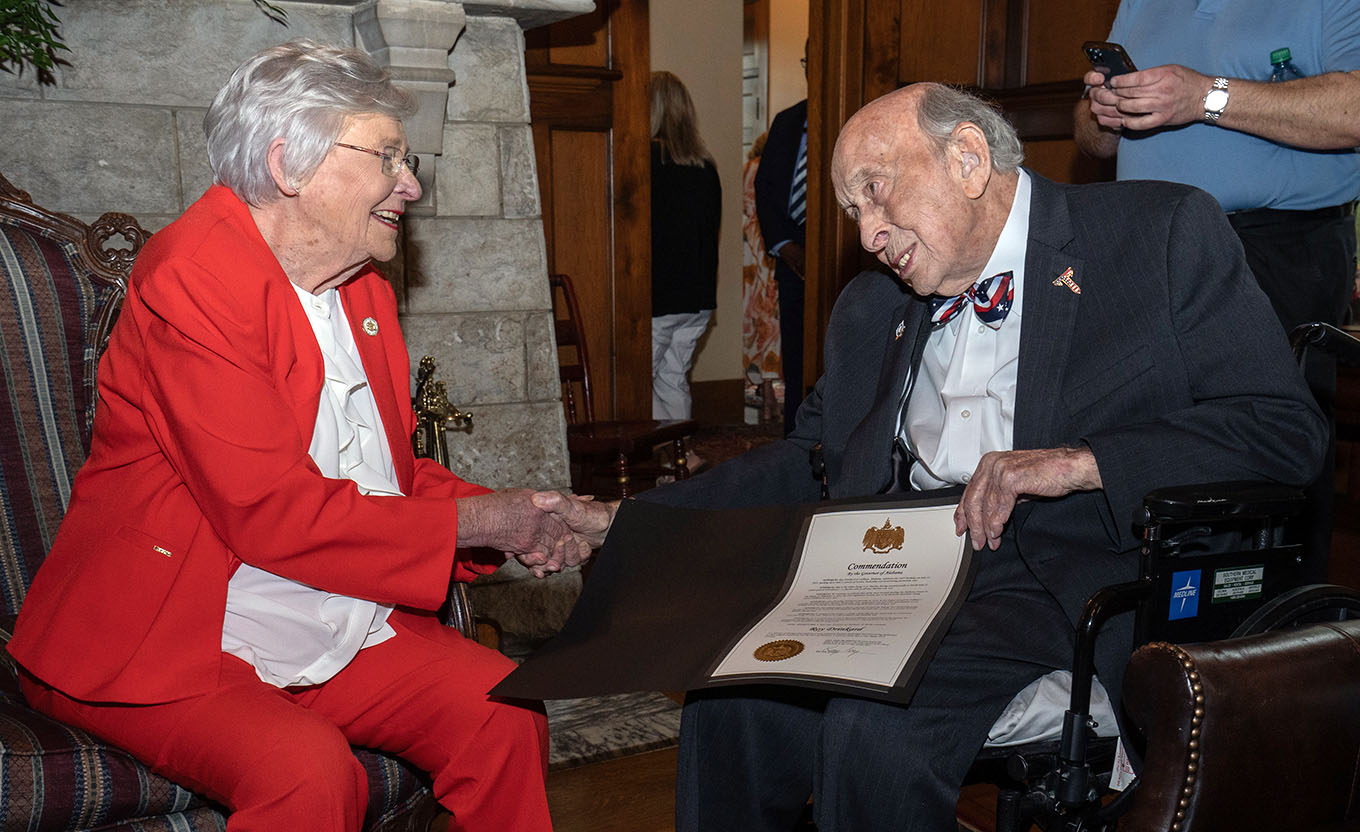Local roads part of de-ice experiment
Published 4:00 pm Friday, January 7, 2011
Some Alabama drivers had some scares on slippery roads at the end of December. The Alabama Department of Transportation (ALDOT) is testing a new road treatment in Jefferson County, including parts of north Jefferson, in the hope that they can get rid of those scares.
Trending
“In Alabama, we don’t have the snow events they have up north. People sometimes make fun of us for stopping everything when it snows, but the truth is that driving on snow is easier than driving on ice, and we usually get ice,” said Brian Davis, Birmingham division engineer for ALDOT.
ALDOT is experimenting with a salt brine mixture on Interstate 65 around Mt. Olive Road, as well as areas in Birmingham. ALDOT usually uses calcium magnesium acetate (CMA), a chemical mixture that reacts with water to create heat. However, Davis said the mixture only works for so long before the ice begins freezing again.
“We’re constantly having to calculate when to put it down,” said Davis. “It’s like trying to put out fires… we’ve got 1,100 miles of roadway to treat, and we don’t have enough people to run around them all the time.”
Salt brine is exactly what it sounds like: A mixture of 23 percent salt and 77 percent water. Not only is it intended to be cheaper than CMA, but it’s more environmentally friendly, according to Davis. A typical treatment of one lane of a one-mile-long stretch of road is 300-400 pounds of CMA. It only takes about 80 pounds of salt brine to do the same job.
Davis said using the salt brine will make the job faster, as well.
“Now our guys can get done during daylight hours, and they won’t be out there for 20 or 30 or 40 hours without sleep,” he said.
Trending
ALDOT is borrowing the idea from Tennessee, whose department of transportation told Davis and other engineers about their successes with it.
Jefferson County and some small parts of surrounding counties that Birmingham stretches into are the only parts of the state that will use salt brine until 2012, when other areas are expected to adopt the procedure.
“We’re going to be able to do a better job than we’ve ever done,” said Davis. “It’s going to be huge for the area, and put people in less danger.”
Davis said he doesn’t expect icy weather in January, which should give ALDOT enough time to prepare their trucks to be able to distribute the salt brine in time for February freezes.





